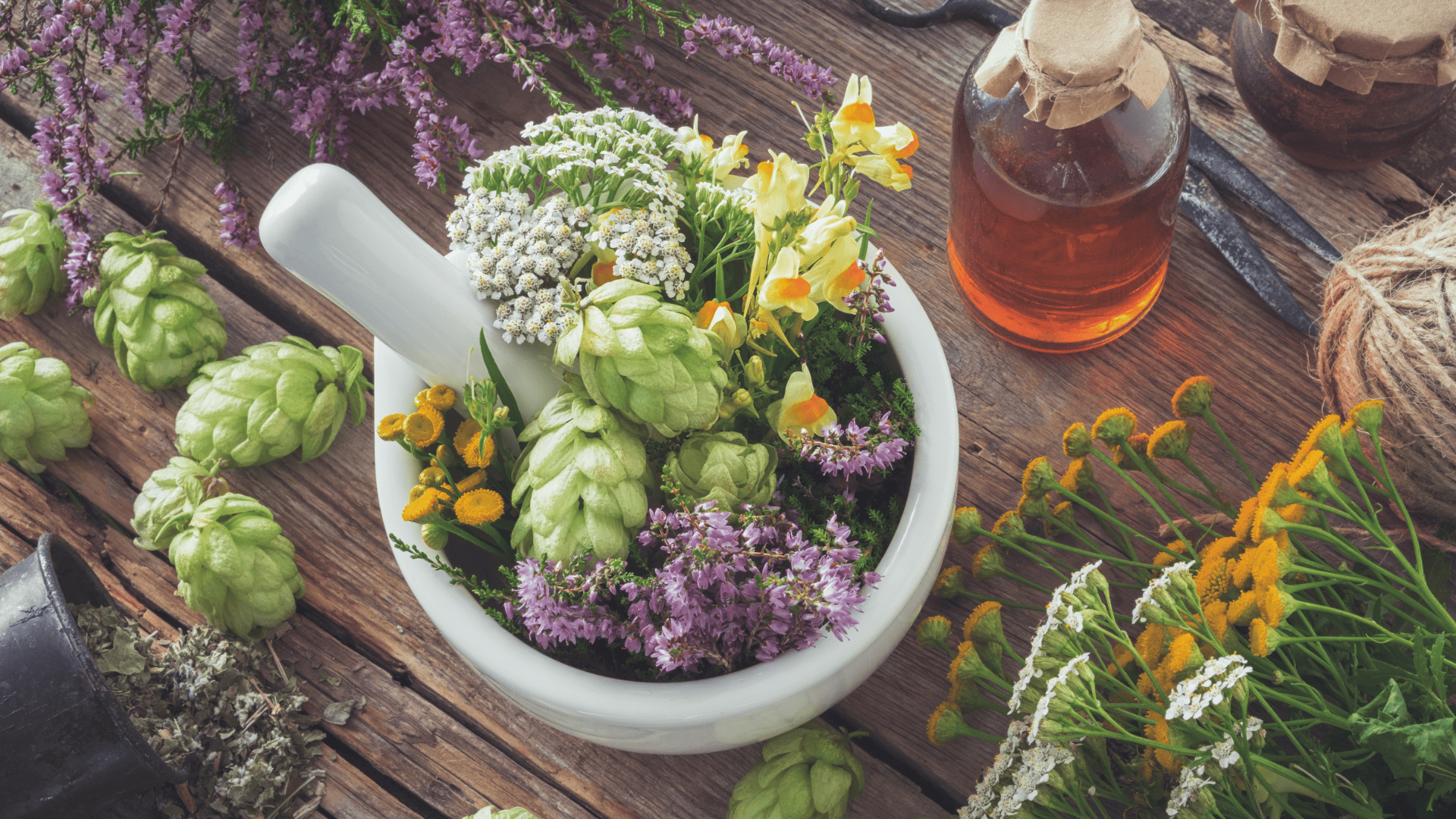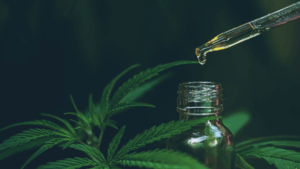In previous blogs we have discussed known benefits of major cannabinoids like cannabidiol (CBD) and delta-9-tetrahydrocannabinol (Δ9-THC) as well as minor cannabinoids such as cannabigerol (CBG), cannabinol (CBN), cannabidivarin (CBDV), and cannabidiolic acid (CBDA). We have also looked at how terpenes may alter your cannabis experience. Here we will dive into some of the lesser known minor cannabinoids plus additional ingredients in your CBD that may provide a synergistic benefit boost.
Major Cannabinoid vs Minor Cannabinoid
The cannabis plant has been grown and cultivated for medicinal, industrial, and recreational uses throughout recorded history. Originally, two main species of cannabis were described as Cannabis indica and Cannabis sativa, however strain lineage and our understanding have evolved vastly over time. Important advancements in understanding the pharmacology of cannabis came with the isolation of the two most abundant phytocannabinoids found in Cannabis sativa L.: CBD and Δ9-THC. In addition to these major cannabinoids, over 120 other phytocannabinoids (as well as an abundance of related compounds) are produced. These phytocannabinoids are referred to as minor cannabinoids as they are present in smaller amounts when compared to CBD and Δ9-THC.
Cannabichromene (CBC)
CBC is one of the most abundant minor cannabinoids found in cannabis. Cannabinoid receptor studies using CBD are limited, however it is known to be a potent activator of the transient receptor potential ankyrin 1 (TRPA1) channel, which is largely expressed in sensory nerves.
The anti-inflammatory effects of CBC were first reported in the 1980s, where high doses of CBD were more effective than the observed nonsteroidal anti-inflammatory drug (NSAID). In addition to reducing inflammation, it has also been observed to reduce pain associated with osteoarthritis without the negative side effects of NSAIDs.
Tetrahydrocannabivarin (THCV)
Like many other minor cannabinoids, THCV has researched actions at TRP channels and 5HT1A receptors. Also, like other minor cannabinoids, THCV has shown in rodent models to reduce inflammation and inflammatory related pain.
Research in the last decade shows promise for THCV as an anti-epileptic and in the treatment of neurodegeneration in Parkinson’s disease. Rodent models have shown a reduced incidence of seizures, a reduction of slow motor movements, and prevention of neuronal degradation.
It has been observed through studies that THCV regulates blood glucose levels, suggesting its potential usefulness for weight reduction and diabetes regulation.
Cannabicyclol (CBL)
CBL is a rare cannabinoid that naturally occurs as CBC oxidizes. It was first discovered in Raphael Mechoulem’s laboratory in Israel in the 1960s and was more recently found in a 2,700 year old Caucasoid shaman grave in China, where in the tomb was a large cache of preserved cannabis. As cannabis ages, it begins to have less THC and CBD, however findings like these prove that even after sitting for thousands of years, there are still active compounds present as the cannabis ages.
Given that the cannabis plant must age appropriately before active CBL may be obtained and studied, it makes researching the compound difficult. However the unique arrangement of atoms shows that it lacks psychoactive properties.
Additional Ingredients in your Products
Just by looking in your spice cabinet you may find an array of products with stimulating or sedative properties which, when combined with cannabis, may enhance your desired state. But before going to make your own concoction, there are several quality companies who are already combining beneficial ingredients into one product for your convenience and safety. While these ingredients are regarded as generally safe on their own, oversight from a medical professional and education from a cannabis expert are always recommended to ensure you are getting the most out of your experience at the right amount. Here are some of those ingredients that may provide additional synergistic effects to your cannabinoid therapy.
Valerian Root
Valerian root is an herbal supplement with historical uses as a traditional medicine. It is now classified domestically as a dietary supplement by the Food and Drug Administration (FDA), used widely as a sleep aid or to lessen anxiousness. If your intended use of cannabis is to improve the quality of your sleep, finding a product with valerian root may enhance drowsiness helping you to fall asleep faster. When taken in small amounts, it may also be beneficial to easing feelings of anxiousness and promoting a sense of calm.
Lemon Balm
In addition to using lemon balm as a companion plant to cannabis to repel the “bad bugs” and disguise the cannabis plant smell, it has benefits for your body as well. Lemon balm is known to improve mood, cognition, and aid as a natural anti-inflammatory, anti-oxidant, and decongestant. Combining CBD and lemon balm may calm the nervous system to ease stress, refocus energy, and relax.
Lion’s Mane
Research has found the functional mushroom lion’s mane to have a host of benefits for neurodegenerative diseases such as ischemic stroke, Parkinson’s, Alzheimer’s, and depression. It may also promote recovery and enhance nerve regeneration, therefore improving cognitive performance and reducing brain fog. Benefits have also been evaluated for temporal lobe epilepsy (TLE), showing that lions’ mane supplementation could promote neuroprotection after seizure activity and prevent damage to nerve cells. The combination of lion’s mane and CBD may assist in easing feelings of anxiousness while improving clarity and focus.
Finding a product
Finding products containing rare, minor cannabinoids may not be a simple task just yet. However, there are quality products available that combine major cannabinoids and other natural supplements. To learn more about what products are available and how to source a company you can trust, contact the Realm of Caring care team for free guidance!





